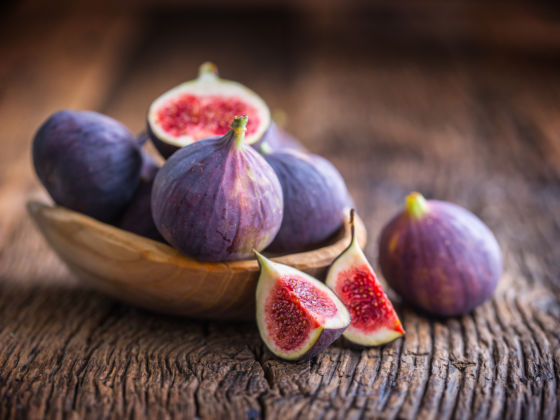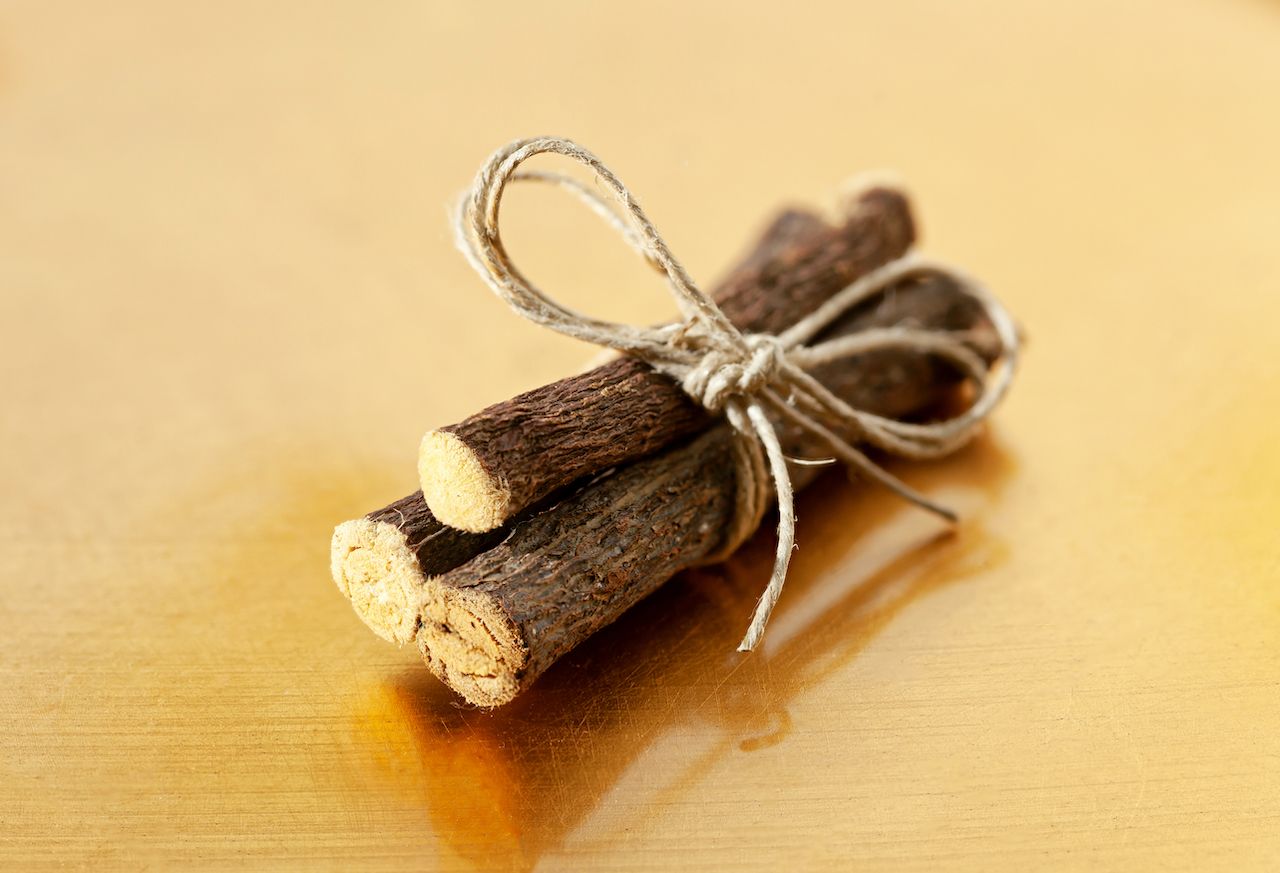Palm Sunday marks the last Sunday in Lent before Easter. It’s the start of Holy Week, and marks the day when the Bible states that Jesus entered Jerusalem. He came on a donkey and his followers placed palm leaves in his path (hence the name).
The holiday comes near the end of Lent, which has its own strict food traditions. And while Palm Sunday’s food traditions hardly make it a big food holiday (other than the modern Palm Sunday brunch), there are a few foods to represent the holiday.
After all, even the non-food-focused holidays in the Christian religion have some food traditions. For example, the Sunday before Palm Sunday is known as Carlin Sunday (as in Carlin peas) in parts of northern England and Scotland. Tradition has it that you keep a hard pea in your shoe as penance during Lent, and you take it out and eat split pea soup on Carlin Sunday (not necessarily including the pea that’s spent five weeks in your shoe).
But there are a few more enticing options — these are four traditional Palm Sunday foods.


